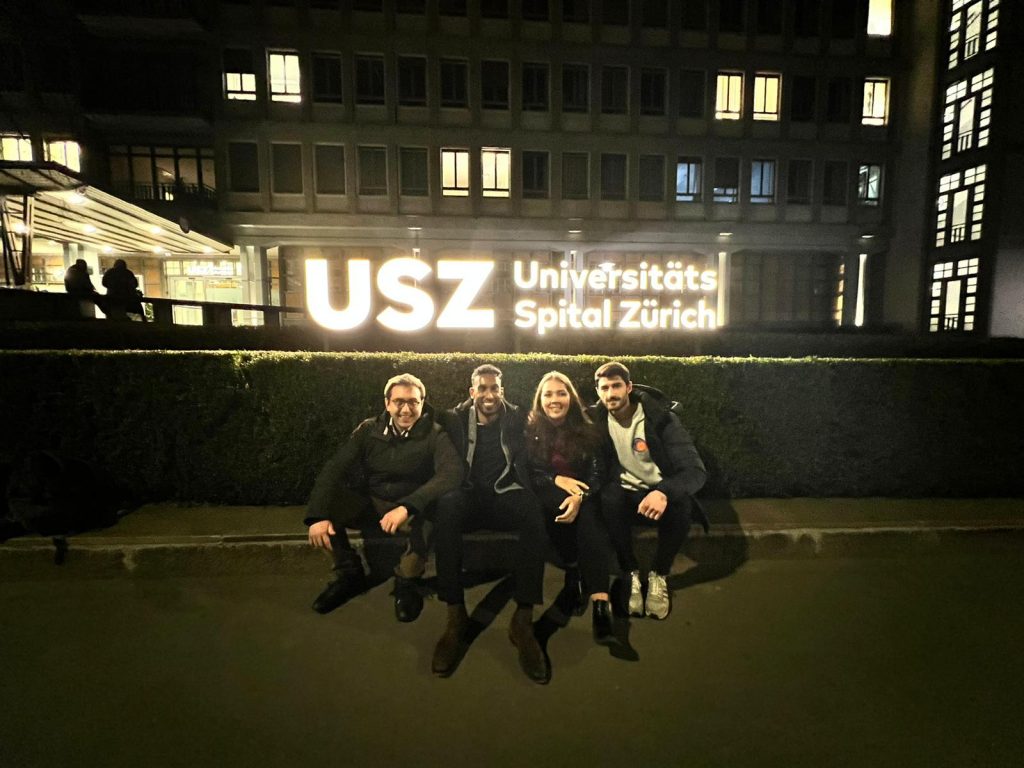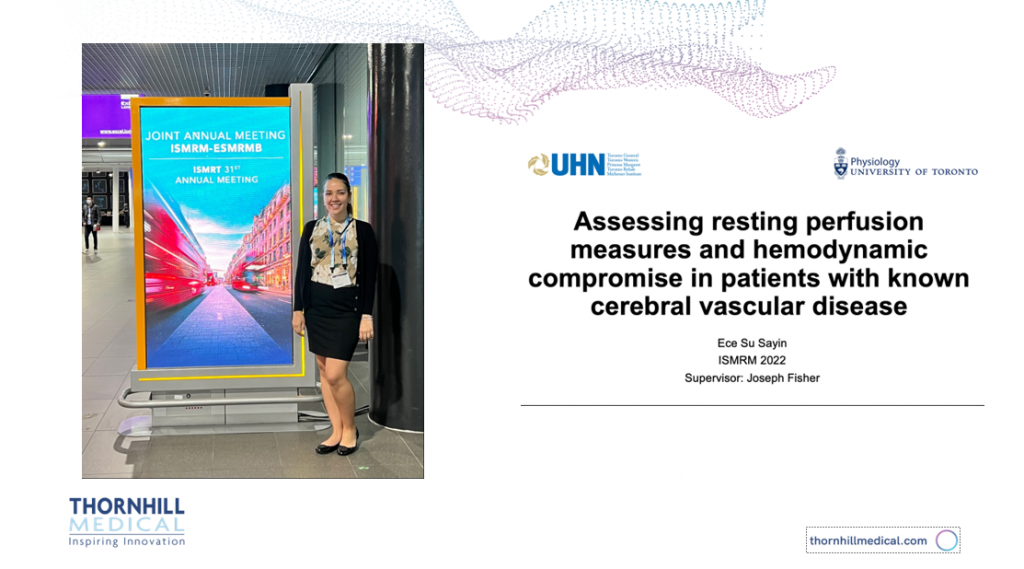With ongoing studies and collaborations with the international community, Thornhill Medical researchers continue to unlock crucial developments in both the science and technology of cardiovascular treatment to improve patient outcomes.
Recent highlights:
Advancing sickle cell disease research and ongoing CVR scans
By enhancing research facilities with a new 3T Siemens Prisma and Vida, the research team has scaled up our efforts to improve cerebrovascular reactivity (CVR) and hypoxia-induced deoxyhemoglobin (dOHb) sequences.
Following a revealing assessment of cerebrovascular resistance in patients with sickle cell disease in comparison to healthy controls, the researchers shared the insights in an article published to Frontiers. Read the article here.
Initial results reveal important insights in dOHb vs. Gd
Thornhill researchers have launched an exciting new study of hypoxia-induced deoxyhemoglobin (dOHb) and gadolinium (Gd). During the initial validation study, our exploratory results revealed that hypoxia-induced dOHb may be a useful MRI contrast. Learn more about these results on BioRxivs.
New cardiac output system aims to improve control testing
Superior technology and medical systems are vital to advancing research, so the addition of a cardiac output device to Dr. Susanna Mak‘s Mount Sinai Hospital lab is welcome news. With the new device in place, Dr. Mak and researchers will be able to measure cardiac output in healthy controls and patients.
New analysis method unlocks insights in cerebral blood arrival times
Meanwhile, in a joint collaborative paper with Utrecht, Netherlands, we explored hemodynamic lag with a modified carpet plot analysis. Learn more about Dr. Alex Bhogal’s new method of analysis here.
Collaboration in Switzerland
Collaboration and information-sharing is a vital aspect of our researchers’ work. Recently, members of Thornhill’s research team launched a collaborative study with Dr. Jorn Fierstra’s group in Zurich, Switzerland. We are working together to explore the use of hypoxia induced deoxyhemoglobin as a contrast agent in various pathologies.

International Society for Magnetic Resonance in Medicine (ISMRM) 2022
Our team ― featuring researcher Ece Su Sayin ― recently presented new research at the International Society for Magnetic Resonance in Medicine annual gathering (ISMRM 2022). The presentation on “Assessing resting perfusion measures and hemodynamic compromise in patients with known cerebral vascular disease” revealed a new two-stage classification of resting and dynamic resting perfusion measures. In certain neurovascular conditions blood flow at rest is not a true indication of hemodynamic reserve and function of the vessels. This research reveals a new risk stage of stroke and advances the diagnosis and treatment of cerebral vascular disease.

